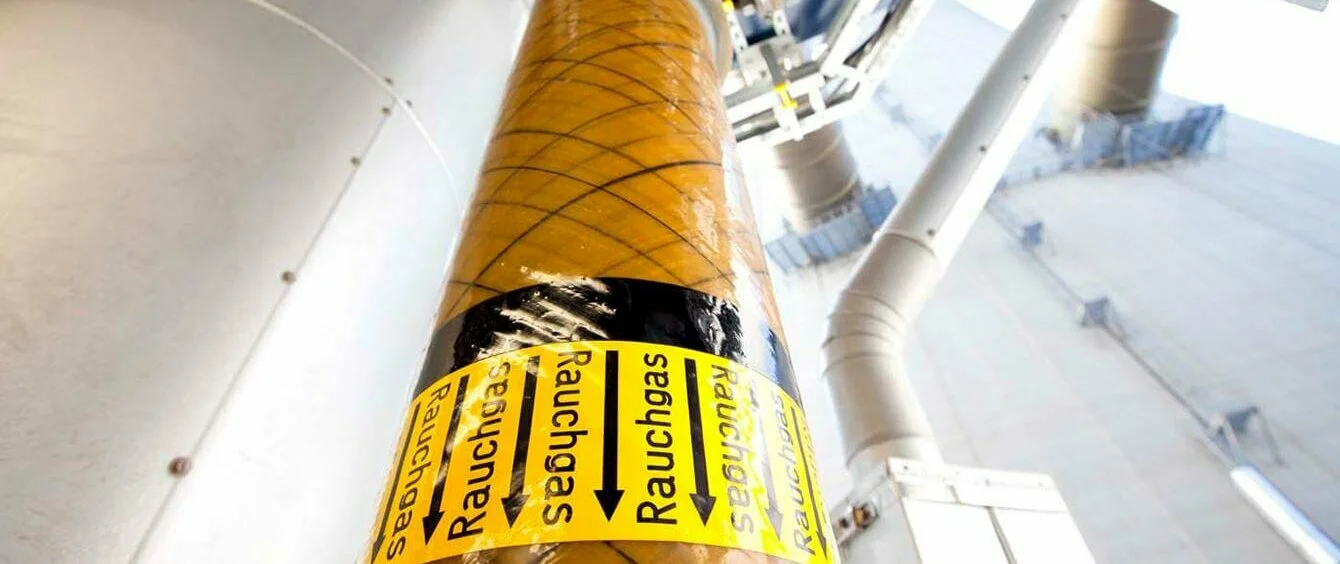There are many ways to lower CO2 emissions: using energy more economically and efficiently is one, burning less fossil fuels is another. But without CO2 separation from flue gas, it will be almost impossible to achieve international climate goals.
The idea has been around since the 1990s. Instead of just avoiding emissions of carbon dioxide, CO2 could be actively filtered out of the Earth’s atmosphere and stored. Since then, CO2 emissions per kilowatt hour in the German electricity mix have fallen sharply, declining by around 30 per cent from 1990 to 2015. This occurred despite the shutdown of numerous nuclear power plants which produce zero CO2 emissions.
RWE started researching and developing methods for CO2 separation long ago, studying this approach at the Coal Innovation Centre in the Rhenish lignite mining region since 2007.
Market CO2, instead of discharging it into the atmosphere
At the Niederaussem power plant, the lignite-fired unit with optimised plant engineering (BoA) does not filter greenhouse gases out of the atmosphere; instead it uses a solvent to separate carbon dioxide from the plant’s flue gas before it even gets to the atmosphere.
In principle, the process is quite simple: at a relatively low temperature, it is possible to capture around 90 per cent of the carbon dioxide from the flue gas with the solvent. Subsequently, the CO2 and the solvent are separated from each other by heating. The solvent can then be recycled.
The separated CO2 can be compressed and transported to subterranean storage formations. Thanks to its high level of purity, however, this carbon dioxide can also be used economically – as industrial source material or for the production of synthetic fuels.
High-purity CO2 for industrial use
RWE is testing this approach in a pilot facility at the Niederaussem Coal Innovation Centre, also utilising the CO2 captured there to produce a low-emissions replacement fuel for diesel. Using electricity, ‘e-fuel’ is synthesised from water and carbon dioxide.
Cost-effective CO2 separation is thus more than just an instrument for climate protection: it also paves the way for technologies which enable the economic utilisation of carbon dioxide as a raw material.
According to studies by the International Energy Agency, global climate protection goals can only be met technically and economically through carbon capture and sequestration, and by utilising CO2. Prof. Dr. Reinhold Elsen, Head of Research and Development, RWE Power AG
Research under realistic conditions
Since the CO2 test scrubber in Niederaussem was connected directly to an operating lignite-fired plant unit, it was possible to test the process in continuous operations, under various weather and load conditions, and with flue gas with differing properties. The scrubber completed a trial run of more than 55,000 hours. No other state-of-the-art CO2 separation process has been tested so intensively and realistically.
The pilot facility in Niederaussem now offers a process that can be marketed internationally. Prof. Reinhold Elsen, Head of Research and Development at RWE Power AG, certainly sees plenty of possible demand: “According to studies by the International Energy Agency, global climate protection goals can only be met technically and economically through carbon capture and sequestration, and by utilising CO2.”
